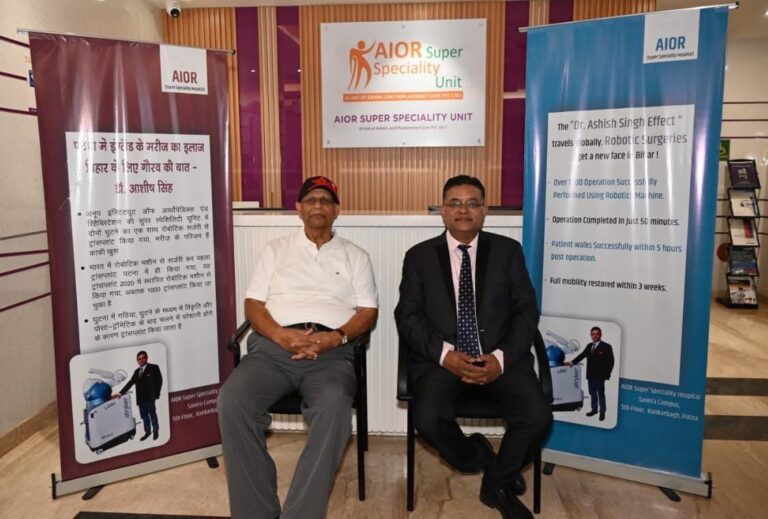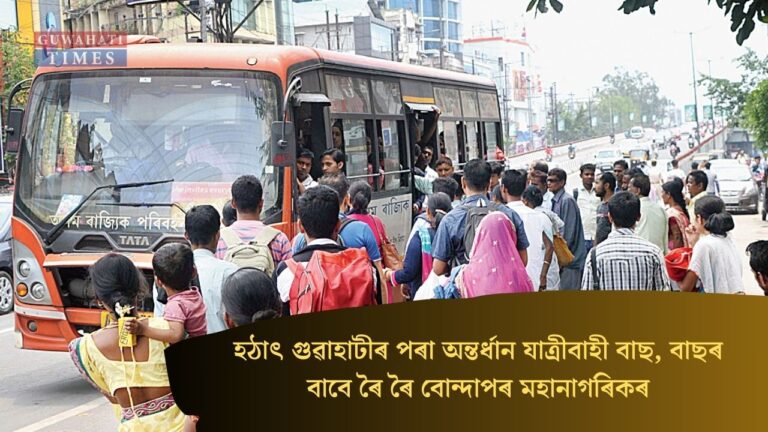The subduction of the Indian Plate discontinues north of 27 N latitude and the indentation process is responsible for seismicity in regions connected with the Assam earthquake of 1950 (magnitude 8.6), a study has found.
The study has also suggested that the Indo-Burma Range (IBR) is more susceptible to deeper earthquakes, while crustal-scale earthquakes are more likely to occur in the Eastern Himalayan Syntaxis (EHS).
The Eastern Himalayan Syntaxis (EHS) on the foothills of eastern Arunachal Pradesh and bordering regions of Assam is acknowledged as one of the most seismically active regions in the world.
The northeast corner of the Indian Plate in the EHS belongs to the seismic zone V of the national zoning map of India and has a potential to trigger major earthquakes in the future.
The researchers analysed the earthquake data recorded by the local broadband seismograph network as well as reviewed catalog data of the International Seismological Centre for the seismicity in the north-eastern fringe of the Indian Plate in the EHS (Tidding-Tuting Suture) and adjoining areas.
The study published in Tectonophysics Journal also found that the Tidding-Tuting Suture Zone is seismically active up to approximately 40 km depth. Another major finding was that the Mishmi, Tidding, and Lohit thrusts are steeply dipping thrust faults while the Walong fault is a strike-slip fault with a minor thrust component. (All places in the Lohit district of Arunachal Pradesh).
“The TTSZ is seismically active up to around 40 km depth. In contrast, the seismicity in the Indo-Burma Ranges (IBR) is observed up to a depth of around 200 km, suggesting the active subduction (a term borrowed from oceanography, which means the tectonic process at convergent margins by which slabs of oceanic lithosphere descend into the mantle) process of the Indian plate beneath the IBR. It suggests that the IBR is more susceptible to deeper earthquakes, while crustal-scale earthquakes are more likely to occur in the TTSZ,” the study said.
This research suggests that the subduction process terminates north of around 270 N Latitude and the indentation process of the rigid Indian plate into south-east Asia predominantly controls the seismicity north of the IBR.
“This seismic structure forms a complex tectonics, which produced the great Assam earthquake of 1950 and may be building up stress for a future earthquake. The Great Assam Earthquake is the largest intra-continental earthquake ever recorded,” it said.
In contrast to several studies carried out in the EHS and adjoining SE Tibetan plateau, the north-eastern fringe of the Indian Plate in the EHS (TTSZ) is studied extremely less for understanding seismo-genesis and its tectonic linkage.
A team led by Dr Devajit Hazarika from the Wadia Institute of Himalayan Geology, Dehradun, an autonomous institute of the Department of Science and Technology, established 11 broadband seismological stations in the Lohit Valley and eight stations in the Siang Window of Arunachal Himalayas to obtain information of moderate and micro-earthquakes in the region.
The results reveal that the closely spaced Mishmi, Tidding, and Lohit faults along the Lohit and Dibang River Valleys of eastern Arunachal Pradesh are steeply dipping thrust sheets that accommodate the large crustal shortening owing to the indentation process and clockwise rotation tectonics.
The Walong fault, in the upper part of the Lohit river valley of Arunachal Pradesh, is characterised by strike-slip motion with a thrust component that facilitates the clockwise rotation of crustal material around the syntaxis.
















